Home>Gardening & Outdoor>Outdoor Entertaining>How To Choose A Fire Pit
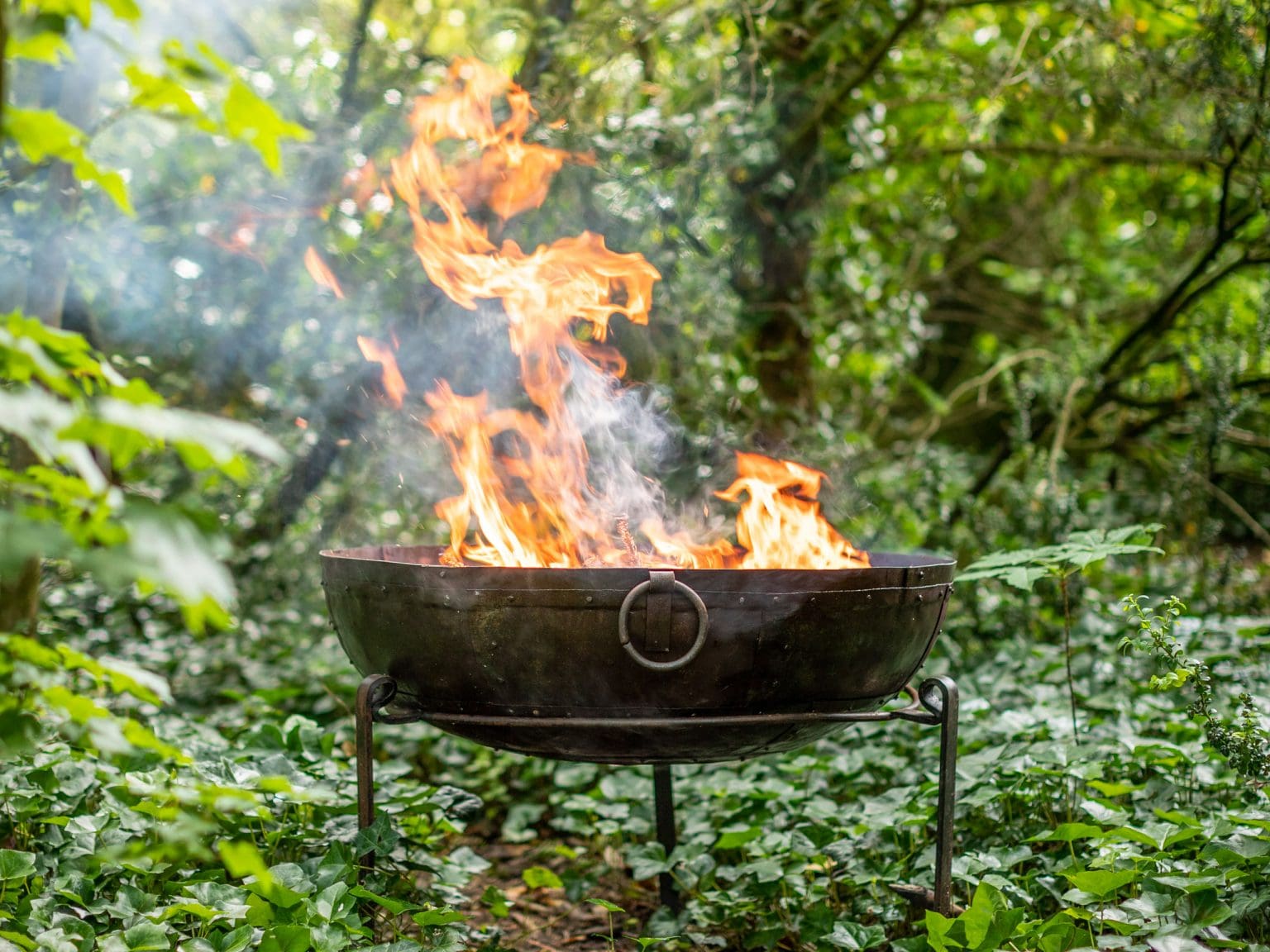

Outdoor Entertaining
How To Choose A Fire Pit
Modified: February 18, 2024
Learn how to choose the perfect fire pit for your outdoor entertaining space. Discover tips and ideas for creating a cozy and inviting atmosphere. Find the best fire pit for your needs today!
(Many of the links in this article redirect to a specific reviewed product. Your purchase of these products through affiliate links helps to generate commission for Storables.com, at no extra cost. Learn more)
Introduction
When it comes to creating a cozy and inviting outdoor space, few elements can rival the allure of a crackling fire pit. Whether you're looking to add warmth and ambiance to your backyard, host memorable gatherings with loved ones, or simply unwind after a long day, a well-chosen fire pit can be the perfect addition to your outdoor entertaining area.
In this guide, we'll delve into the essential factors to consider when selecting a fire pit, explore the various types and fuel options available, and provide insights into size, materials, safety features, additional functionalities, and budget considerations. By the end of this comprehensive overview, you'll be equipped with the knowledge needed to make an informed decision and select the perfect fire pit to elevate your outdoor living space.
So, grab a seat, imagine the inviting glow of a crackling fire, and let's embark on this journey to discover the ideal fire pit for your outdoor oasis.
Key Takeaways:
- Choose a fire pit that fits your outdoor space, lifestyle, and safety needs. Consider fuel options, materials, and additional features to create a cozy and inviting atmosphere for gatherings and relaxation.
- Prioritize safety, budget, and personal preferences when selecting a fire pit. Whether you prefer the classic charm of wood-burning or the convenience of gas, find the perfect fire pit to elevate your outdoor oasis.
Read more: How To Fire Clay In A Fire Pit
Considerations for Choosing a Fire Pit
Before diving into the myriad options available, it’s crucial to consider several key factors to ensure that the fire pit you select aligns with your specific needs and preferences.
- Intended Use: Understanding how you plan to use the fire pit is paramount. Are you seeking a focal point for social gatherings, a source of warmth for chilly evenings, or a decorative element for your outdoor space?
- Space and Layout: Assess the dimensions and layout of your outdoor area to determine the most suitable size and shape for your fire pit. Consider factors such as available space, seating arrangements, and proximity to flammable materials.
- Local Regulations: Check local ordinances and homeowners’ association guidelines regarding fire pit usage, including any restrictions on size, fuel types, and placement.
- Maintenance: Evaluate the level of maintenance you’re willing to undertake. Some fire pits require regular cleaning, ash removal, and protective covers, while others offer low-maintenance features.
- Longevity: Consider the durability and weather resistance of the materials used in the construction of the fire pit. Opting for high-quality, weather-resistant materials can ensure longevity and performance over time.
By carefully considering these aspects, you can narrow down the options and focus on fire pits that best suit your lifestyle, space, and practical requirements. With these considerations in mind, you’re ready to explore the diverse array of fire pits available on the market.
Types of Fire Pits
When it comes to fire pits, the options are as diverse as the outdoor spaces they enhance. Understanding the different types of fire pits can help you identify the style and functionality that best complements your outdoor living area.
Here are some popular types of fire pits to consider:
- Wood-Burning Fire Pits: These classic fire pits offer the authentic crackle and aroma of a real wood fire. They are ideal for creating a rustic, traditional ambiance and are often portable, allowing for flexibility in placement.
- Gas Fire Pits: Utilizing propane or natural gas, these fire pits provide convenient, clean-burning flames at the flip of a switch. They offer precise control over flame height and are typically designed with sleek, modern aesthetics.
- Smokeless Fire Pits: Engineered to minimize smoke production, these innovative fire pits are ideal for those who wish to enjoy the warmth and glow of a fire without the nuisance of smoke wafting into their gathering space.
- Table-Style Fire Pits: Combining the functionality of a fire pit with a tabletop surface, these dual-purpose designs are perfect for entertaining, allowing you to enjoy a cozy fire while having a convenient surface for drinks and snacks.
- Fire Pit Tables: Blurring the line between fire pit and furniture, these elevated designs feature a built-in fire pit surrounded by a tabletop, offering a stylish and functional centerpiece for outdoor lounging and dining areas.
Each type of fire pit presents unique advantages in terms of convenience, ambiance, and design. By considering the distinctive features of each type, you can narrow down your options and select the perfect fire pit to enhance your outdoor space.
Fuel Options
When choosing a fire pit, the type of fuel it utilizes plays a significant role in its performance, convenience, and ambiance. Understanding the various fuel options available can help you make an informed decision based on your preferences and practical considerations.
Here are the primary fuel options for fire pits:
- Wood: Traditional wood-burning fire pits offer the authentic crackling sounds and aromatic ambiance of a real wood fire. They provide a classic, rustic experience and are well-suited for outdoor enthusiasts who enjoy the process of building and tending a traditional fire.
- Propane: Propane fire pits are popular for their convenience and ease of use. With the simple turn of a knob, they produce clean-burning flames without the need for storing and handling firewood. Propane fire pits are often portable and offer flexibility in placement.
- Natural Gas: For those seeking a permanent and low-maintenance fire pit solution, natural gas offers a reliable and continuous fuel source. Natural gas fire pits are typically connected to a gas line, providing a hassle-free and uninterrupted supply of fuel.
- Gel Fuel: Gel fuel fire pits provide an eco-friendly and clean-burning option. The gel fuel canisters are easy to handle and store, making them a convenient choice for outdoor settings where wood or gas may not be feasible.
- Electric: Electric fire pits are an innovative and hassle-free option, ideal for spaces where open flames are not practical or permitted. They offer the visual appeal of a fire without the emissions, making them suitable for a wide range of outdoor environments.
By considering the characteristics and practicalities of each fuel option, you can determine which best aligns with your preferences, lifestyle, and outdoor space. Whether you prioritize the crackling ambiance of wood, the convenience of gas, or the eco-friendly nature of alternative fuels, there’s a fuel option to suit every outdoor entertaining scenario.
Size and Placement
When selecting a fire pit, carefully considering its size and placement is essential to ensure that it harmonizes with your outdoor space and meets your functional and aesthetic requirements. By taking into account these factors, you can create a welcoming and safe environment for enjoying the warmth and allure of a fire pit.
Here are key considerations for determining the size and placement of your fire pit:
- Available Space: Assess the dimensions of your outdoor area to determine the appropriate size of the fire pit. Ensure that there is ample space around the fire pit for seating and circulation, and consider the proximity to structures, trees, and other flammable materials.
- Seating Arrangements: Take into account the number of people you intend to accommodate around the fire pit. The size and layout of your seating area can influence the dimensions and shape of the fire pit, ensuring that everyone can comfortably gather around the fire.
- Clearance and Safety: Check local regulations and manufacturer guidelines for required clearances around the fire pit. Maintain a safe distance from combustible materials, such as furniture, overhanging branches, and nearby structures, to prevent potential hazards.
- Visual Impact: Consider the visual appeal and focal point of the fire pit within your outdoor space. Its placement should enhance the ambiance and flow of the area, whether it’s positioned as a central gathering point or nestled in a cozy nook.
- Portable vs. Permanent: Decide whether you prefer a portable fire pit that can be easily repositioned or a permanent installation that becomes a fixed feature of your outdoor landscape.
By carefully evaluating these considerations, you can determine the ideal size and placement for your fire pit, ensuring that it integrates seamlessly with your outdoor setting and provides a safe and inviting atmosphere for relaxation and socializing.
When choosing a fire pit, consider the size of your outdoor space, the type of fuel you prefer (wood, gas, or propane), and the material of the fire pit (such as steel, copper, or stone) to ensure it fits your needs and style.
Read more: How To Grill On A Fire Pit
Materials
The choice of materials for your fire pit not only contributes to its aesthetic appeal but also influences its durability, maintenance requirements, and overall performance. From traditional to contemporary options, a wide array of materials is available to suit various design preferences and functional needs.
Here are some common materials used in the construction of fire pits:
- Steel: Steel fire pits are prized for their durability and ability to withstand high temperatures. They often develop a desirable patina over time and can be crafted into a variety of shapes and styles, from sleek and modern to industrial and rustic.
- Cast Iron: Known for its classic charm and exceptional heat retention, cast iron fire pits are robust and age beautifully, making them a timeless choice for outdoor settings. Regular maintenance, such as seasoning and protective coatings, can prolong their lifespan.
- Aluminum: Lightweight and resistant to rust, aluminum fire pits offer ease of maneuverability and longevity. They are available in a range of finishes and can be molded into intricate designs, making them a versatile option for outdoor entertaining.
- Copper: Renowned for its stunning visual appeal and natural resistance to corrosion, copper fire pits develop an elegant patina over time. They are often handcrafted and add a touch of sophistication to outdoor spaces, making them a popular choice for discerning homeowners.
- Stone: Natural stone fire pits, such as granite, slate, or limestone, exude timeless beauty and rugged durability. They can be custom-built to blend seamlessly with outdoor landscapes and offer exceptional heat retention, making them an enduring centerpiece for gatherings.
- Tile: Tile fire pits showcase intricate designs and vibrant colors, adding a decorative touch to outdoor settings. They are available in a range of materials, including ceramic, porcelain, and mosaic, offering endless possibilities for customization and personalization.
By considering the aesthetic appeal, durability, and maintenance requirements of these materials, you can select a fire pit that not only complements your outdoor decor but also withstands the elements and provides lasting enjoyment for years to come.
Safety Features
Ensuring the safety of your outdoor space is paramount when incorporating a fire pit into your entertainment area. By selecting a fire pit equipped with essential safety features, you can create a secure and enjoyable environment for gatherings and relaxation.
Here are key safety features to consider when choosing a fire pit:
- Spark Screen or Ember Guard: A spark screen or ember guard helps contain embers and sparks, reducing the risk of stray sparks igniting nearby flammable materials. It provides a protective barrier while allowing the warmth and glow of the fire to be enjoyed safely.
- Sturdy Base and Legs: A stable and well-constructed base, along with sturdy legs, ensures that the fire pit remains steady and upright, reducing the likelihood of accidental tipping or toppling during use.
- Heat-Resistant Materials: Opt for a fire pit constructed from heat-resistant materials, such as steel, cast iron, or stone, that can withstand high temperatures without warping or presenting a fire hazard.
- Clearance and Ventilation: Adequate clearance around the fire pit, as well as proper ventilation, is essential to prevent the buildup of excessive heat and ensure the safe dispersal of smoke and combustion byproducts.
- Child Safety Locks: For gas fire pits, consider models equipped with child safety locks to prevent unauthorized use and minimize the risk of accidental ignition by young children.
- Automatic Shut-Off: Some gas fire pits feature automatic shut-off mechanisms that activate in the event of gas leaks or irregular flame patterns, providing an added layer of safety and peace of mind.
By prioritizing safety features in your fire pit selection, you can create a welcoming and secure outdoor environment, allowing you and your guests to enjoy the mesmerizing beauty of a fire while minimizing potential hazards and risks.
Additional Features
While the primary function of a fire pit is to provide warmth and ambiance, many models offer additional features that can enhance convenience, versatility, and overall enjoyment. By exploring these supplementary functionalities, you can select a fire pit that aligns with your lifestyle and entertainment preferences.
Here are some popular additional features to consider when choosing a fire pit:
- Adjustable Flame Height: Gas fire pits equipped with adjustable flame controls allow you to customize the flame height and intensity, providing flexibility in creating the desired ambiance and heat output.
- Multi-Purpose Design: Some fire pits are designed to serve dual functions, such as converting into a tabletop when not in use or accommodating grilling accessories for outdoor cooking and barbecuing.
- Integrated Ignition Systems: Models with electronic or push-button ignition systems offer effortless and reliable ignition, eliminating the need for matches or lighters and streamlining the start-up process.
- Decorative Elements: Fire pits with decorative embellishments, such as intricate metalwork, mosaic tiles, or sculptural designs, can serve as striking focal points and artistic expressions within your outdoor space.
- Modular Seating: Some fire pit designs incorporate built-in seating or modular seating options, providing a cohesive and inviting gathering space around the fire pit.
- Cover and Storage Options: Look for fire pits that come with protective covers or integrated storage solutions for concealing fuel tanks, accessories, and protective covers when not in use.
By considering these additional features, you can personalize your fire pit selection to accommodate your specific preferences, whether you prioritize convenience, versatility, aesthetics, or multifunctionality. These features can elevate your outdoor entertaining experience and contribute to the overall appeal of your outdoor living space.
Budget Considerations
When selecting a fire pit, it’s essential to consider your budget and weigh the cost against the features, quality, and longevity of the investment. By evaluating your budget considerations, you can make an informed decision that aligns with your financial parameters while fulfilling your outdoor entertaining aspirations.
Here are key factors to consider when evaluating the budget for a fire pit:
- Initial Investment: Determine the amount you are willing to allocate for the purchase of a fire pit, considering the range of options available and the features that are important to you.
- Long-Term Costs: Assess the long-term costs associated with the chosen fuel type, maintenance requirements, and potential accessories or add-ons, such as covers, cooking grates, or seating, to ensure that the overall cost aligns with your budgetary expectations.
- Quality and Durability: Prioritize high-quality materials and construction that offer durability and longevity, as a well-crafted fire pit can provide lasting value and performance over time, potentially reducing the need for premature replacements or repairs.
- Comparative Analysis: Research and compare various fire pit models, brands, and features to identify options that offer the best balance of quality, functionality, and affordability within your budget constraints.
- Installation and Accessories: Factor in any additional costs related to installation, fuel supply, accessories, and safety features to ensure that the overall expenditure remains within your predetermined budget.
By carefully evaluating these budget considerations, you can make a well-informed decision that not only meets your financial expectations but also delivers a fire pit that enhances your outdoor space and provides enduring enjoyment for years to come.
Read more: How To Build A Fire Pit
Conclusion
Choosing the perfect fire pit for your outdoor entertaining area involves a thoughtful consideration of various factors, from the intended use and space constraints to fuel options, safety features, and budget considerations. By navigating through the diverse array of fire pit types, materials, and additional features, you can tailor your selection to align with your lifestyle, design preferences, and practical needs.
Ultimately, a well-chosen fire pit has the power to transform your outdoor space into a welcoming haven, where the mesmerizing glow of the flames draws friends and family together for memorable gatherings and moments of relaxation. Whether you opt for the classic allure of a wood-burning fire pit, the convenience of a gas model, or the innovative features of modern designs, the right fire pit can elevate your outdoor living experience and become the focal point of your gatherings.
As you embark on this journey to select the ideal fire pit, envision the warmth of the fire, the laughter of loved ones, and the enchanting ambiance that will define your outdoor oasis. By carefully considering the considerations outlined in this guide and infusing your personal style and preferences into the decision-making process, you’re poised to discover a fire pit that not only meets your practical requirements but also becomes a cherished centerpiece of your outdoor lifestyle.
So, let the crackling flames kindle your imagination, and embark on this exciting quest to find the perfect fire pit that will illuminate your outdoor space and create lasting memories for years to come.
Frequently Asked Questions about How To Choose A Fire Pit
Was this page helpful?
At Storables.com, we guarantee accurate and reliable information. Our content, validated by Expert Board Contributors, is crafted following stringent Editorial Policies. We're committed to providing you with well-researched, expert-backed insights for all your informational needs.
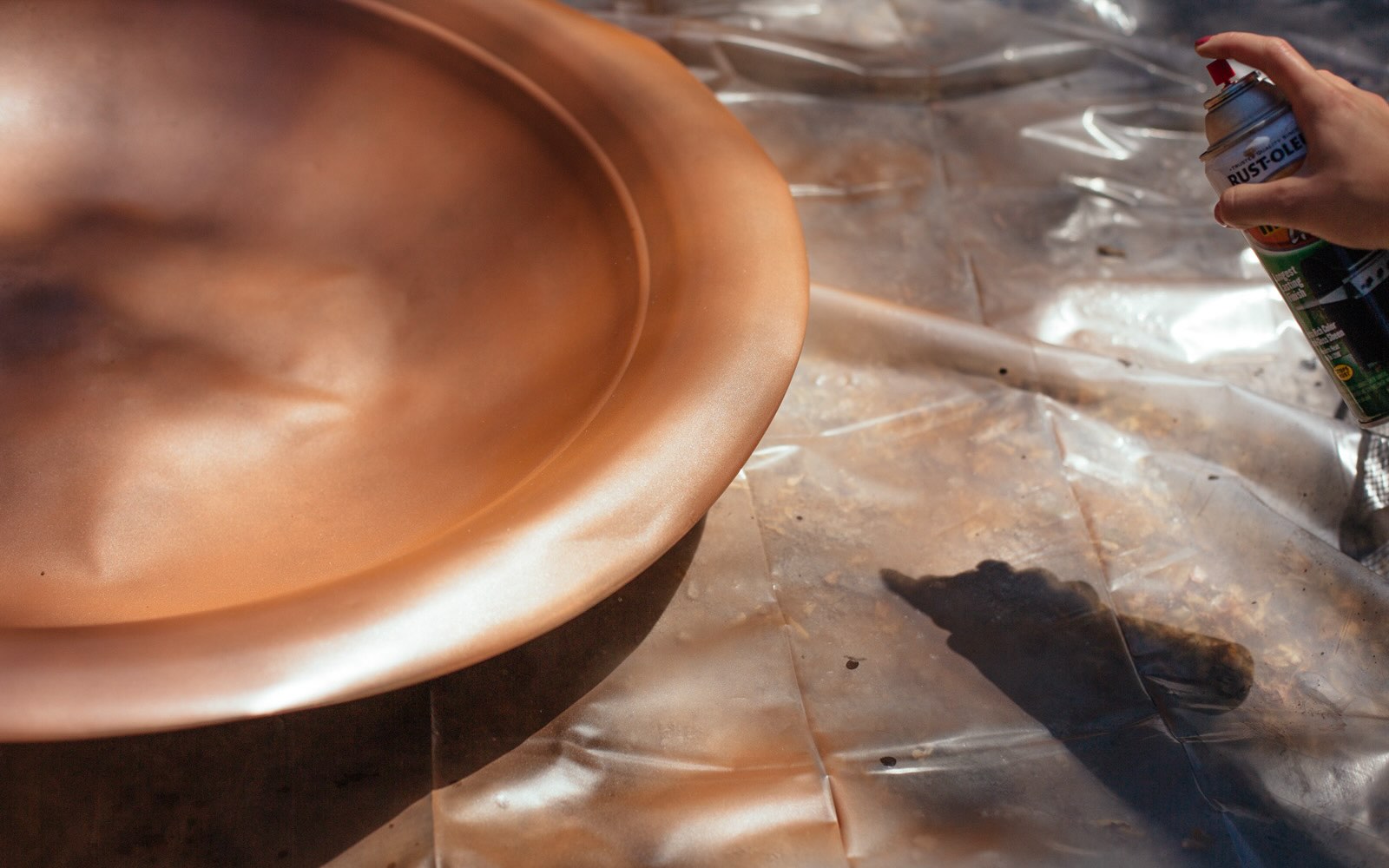
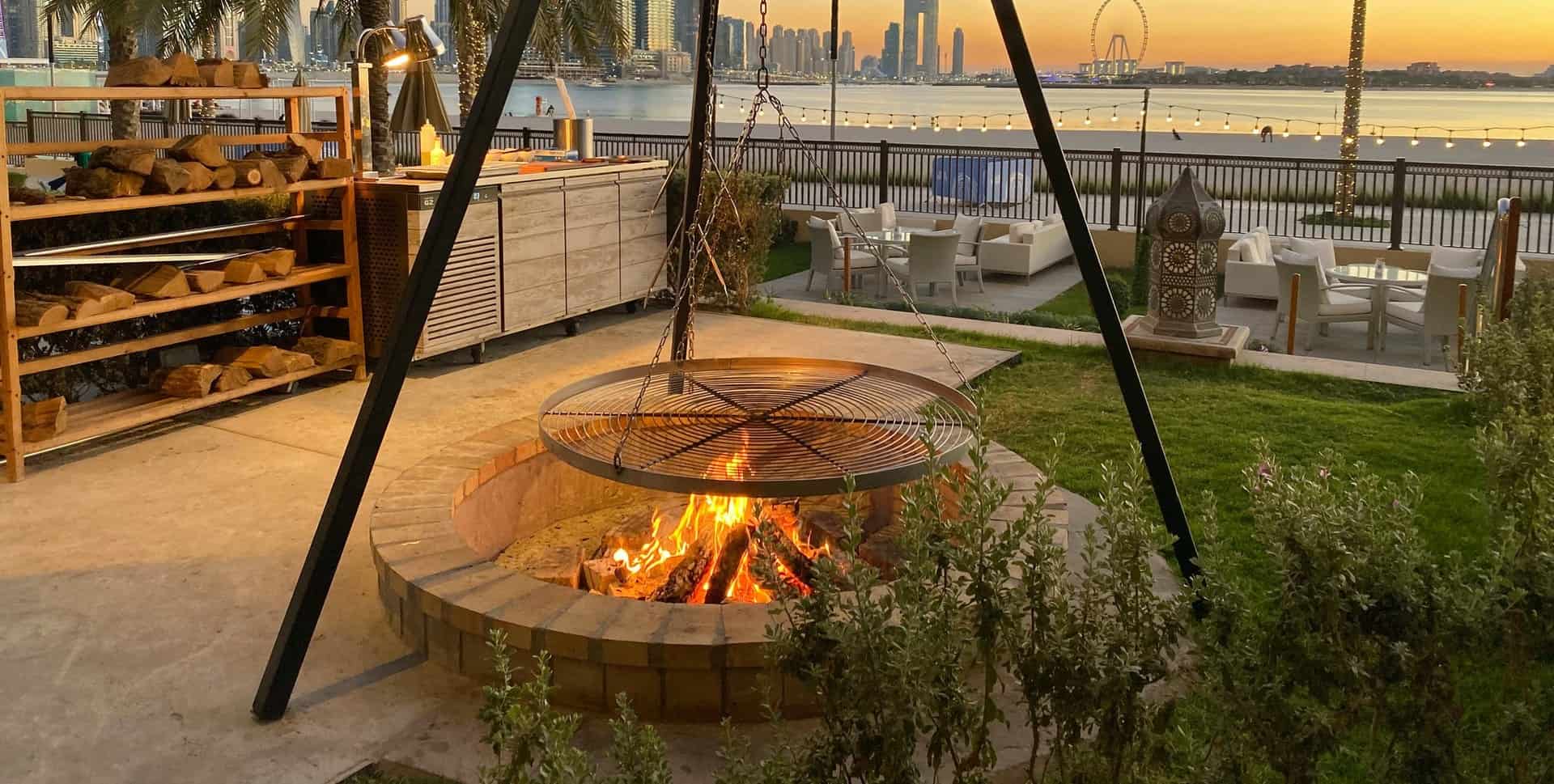
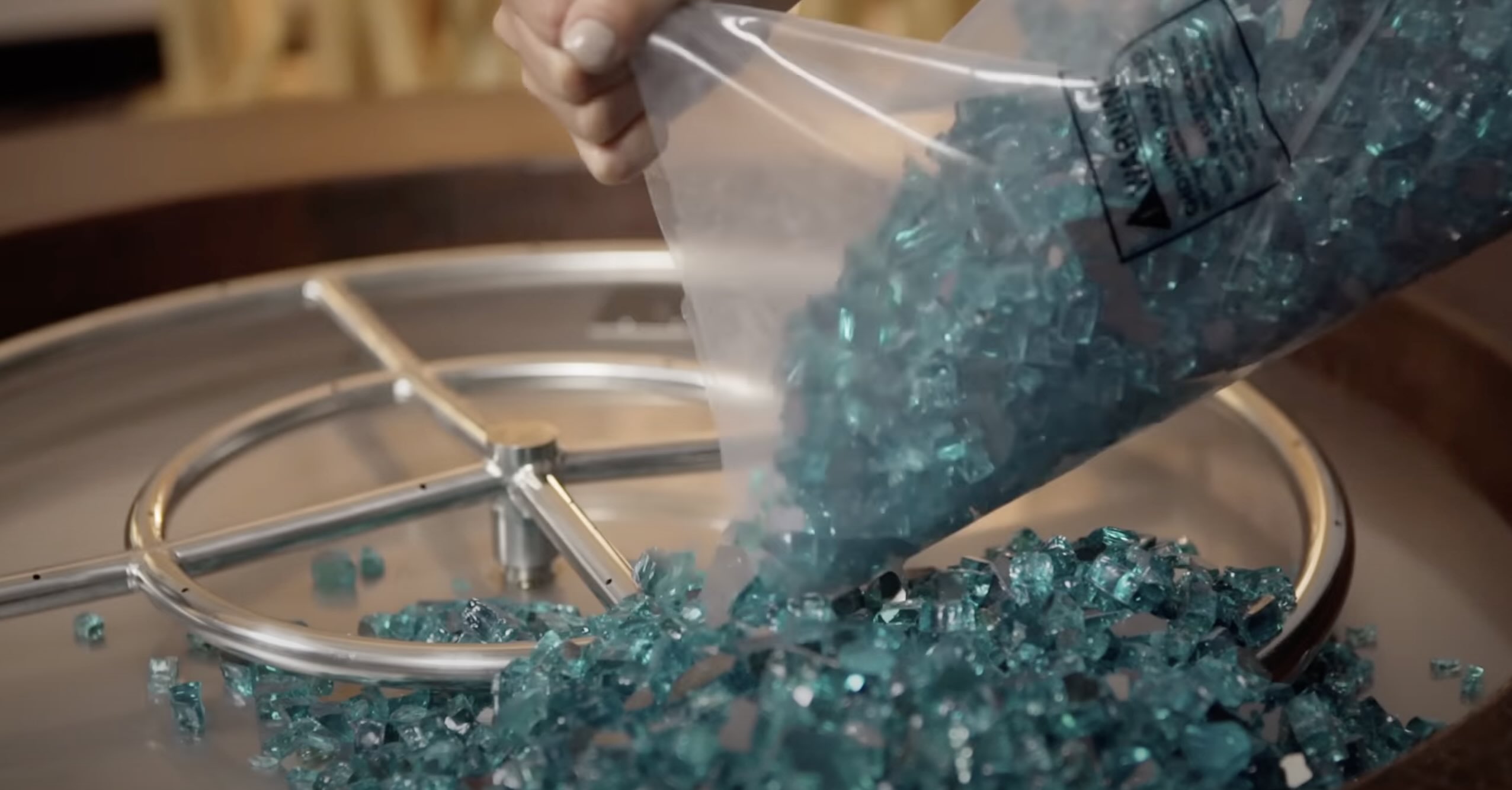
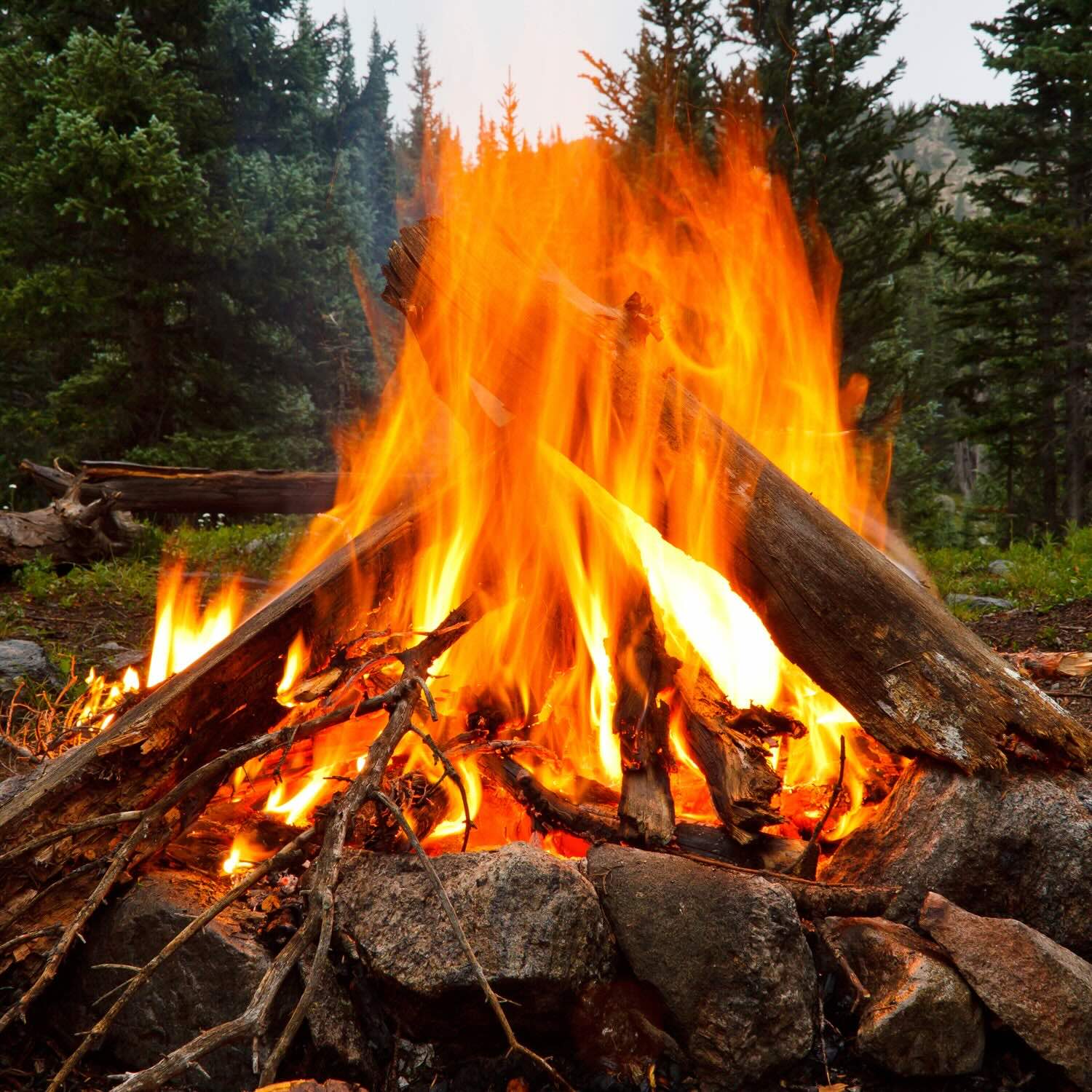
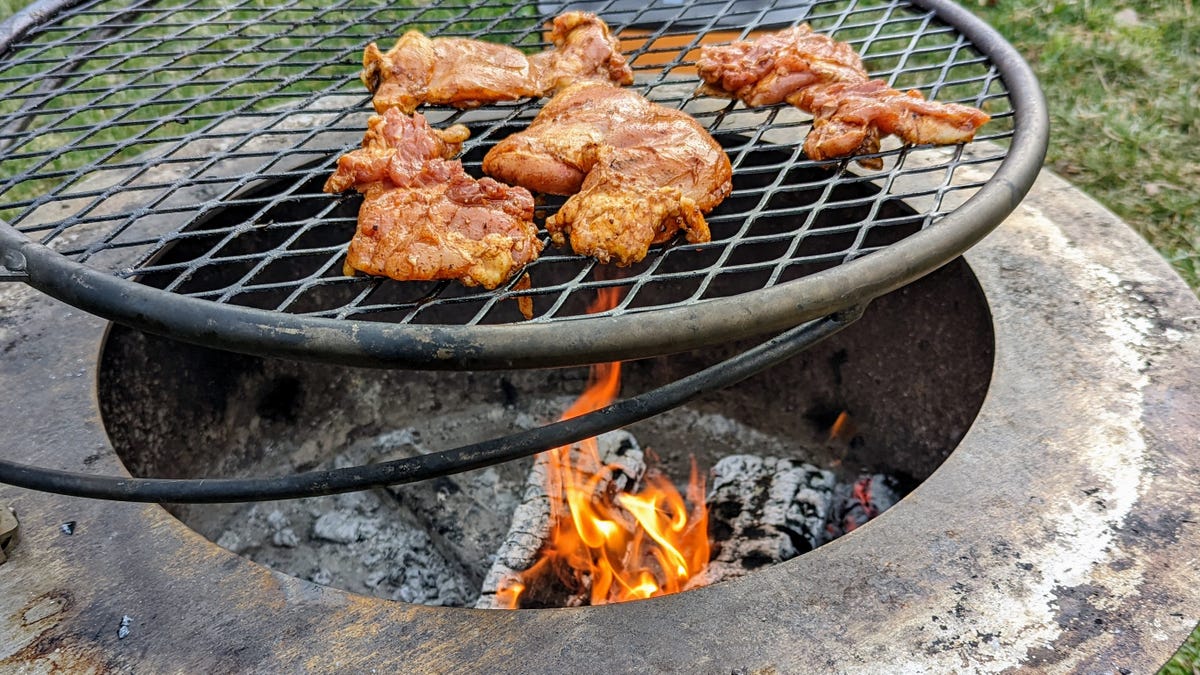
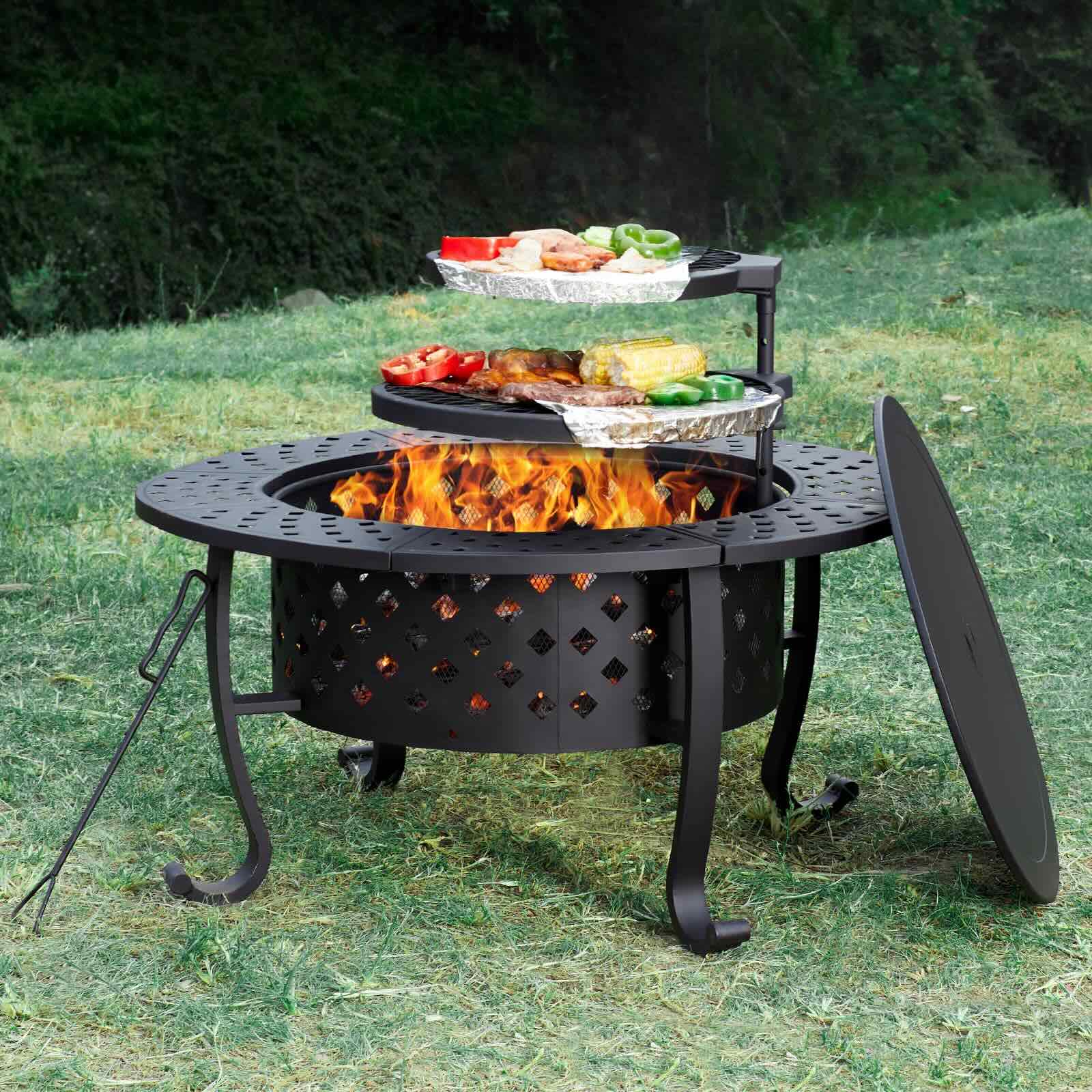
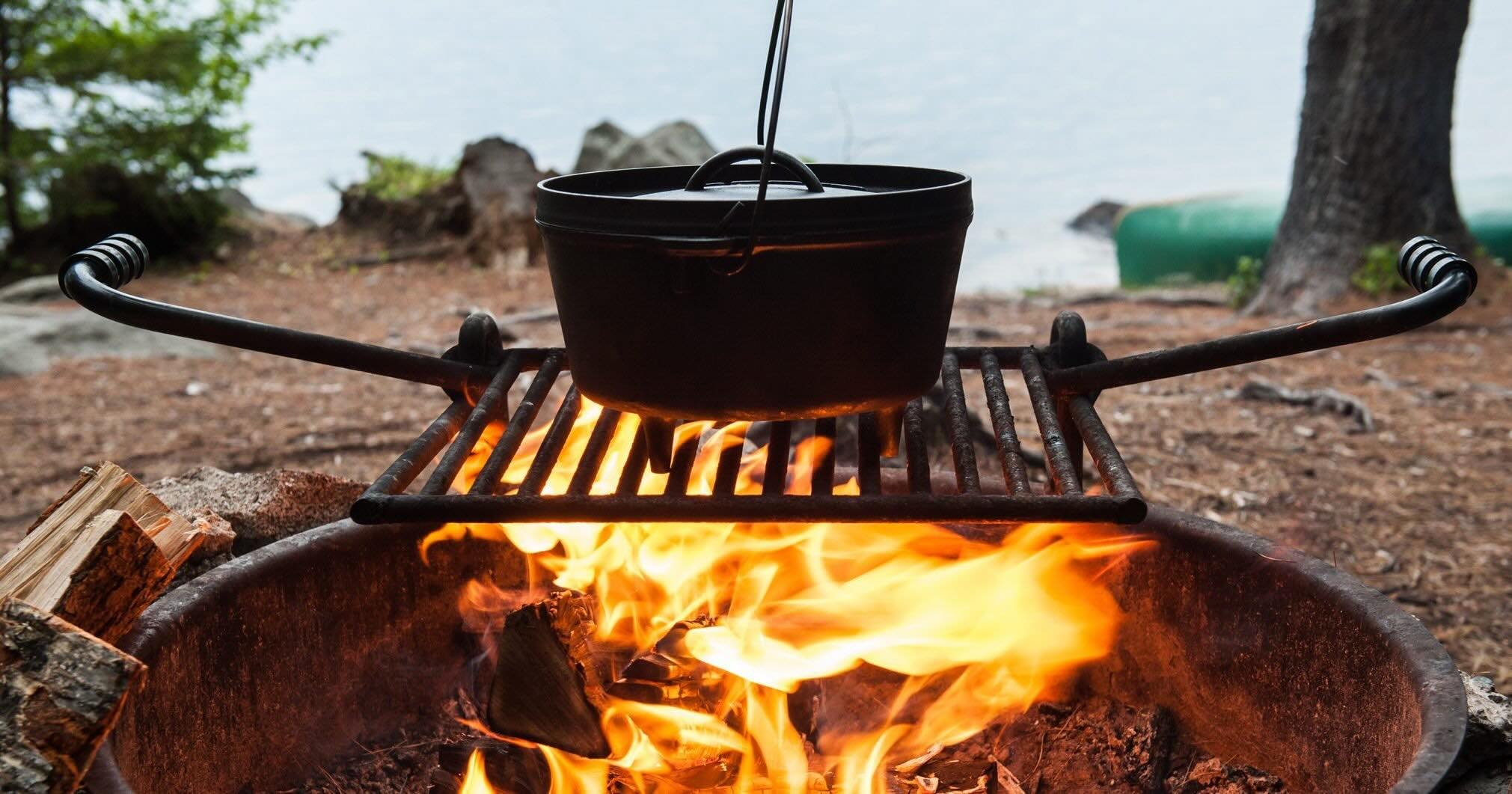
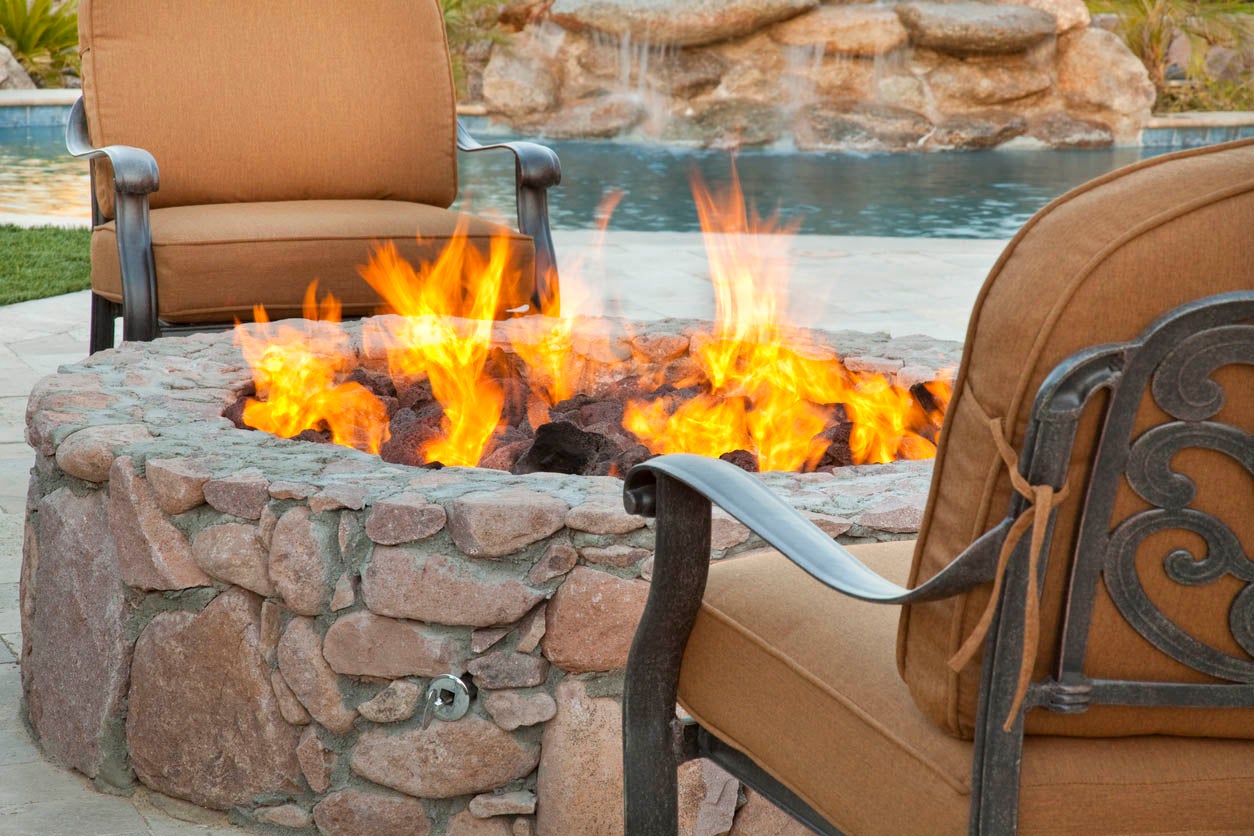
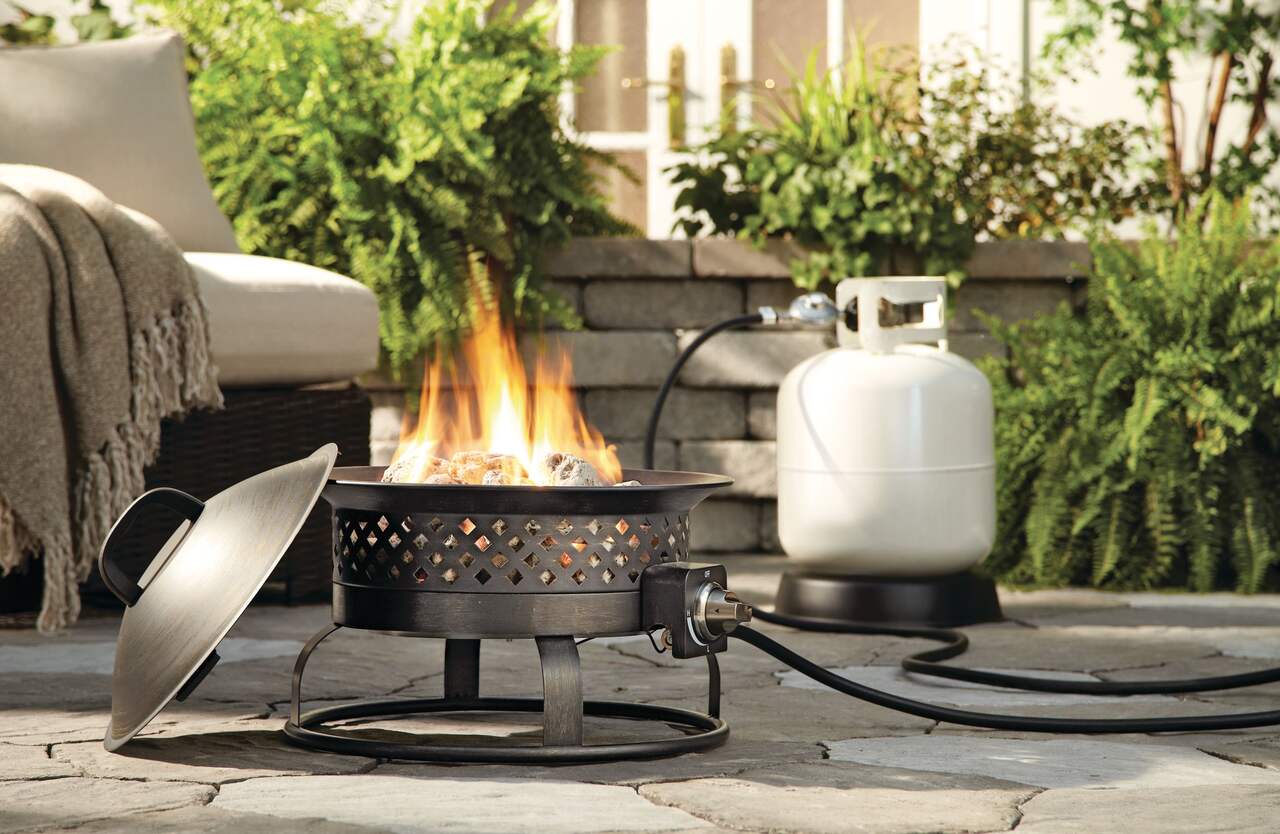
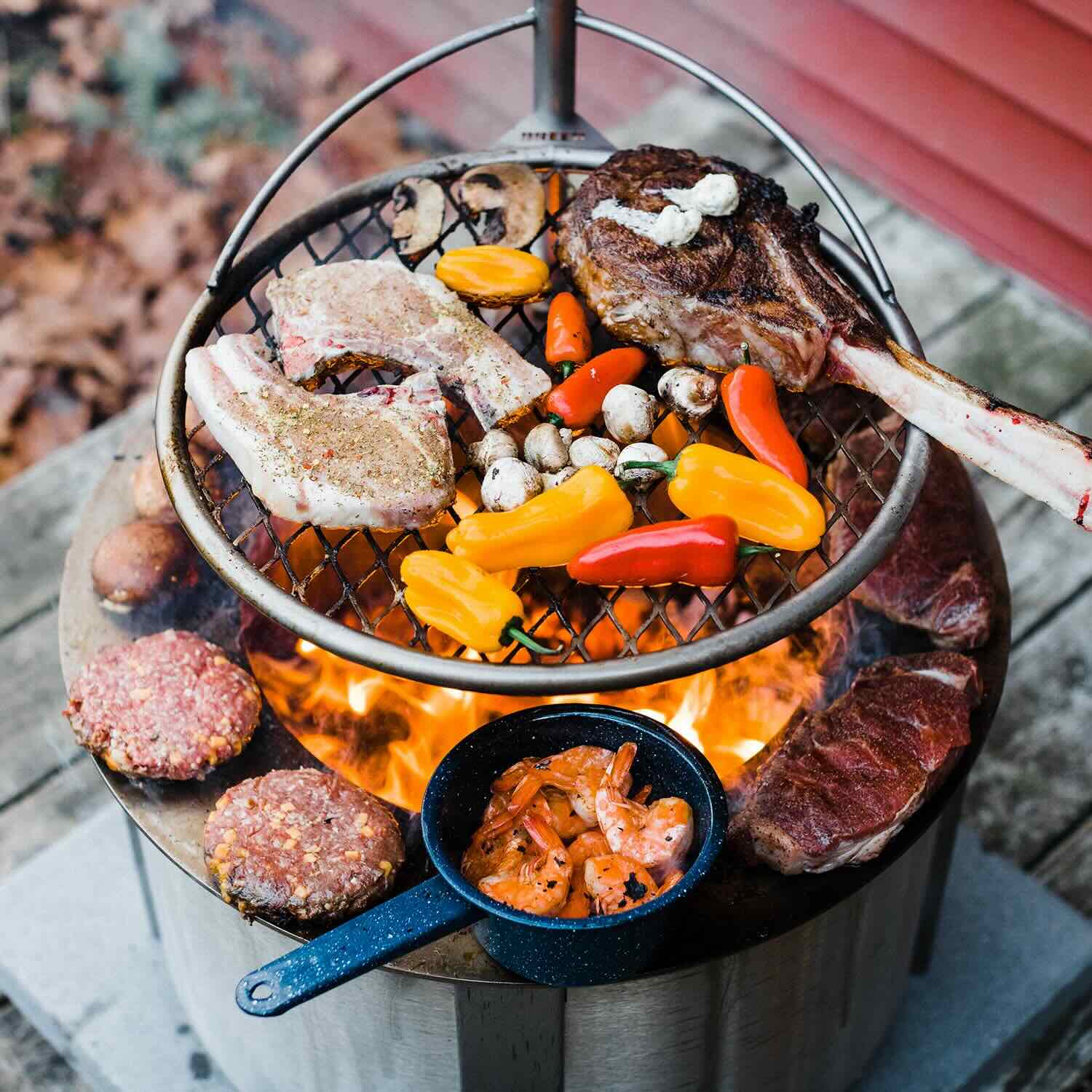
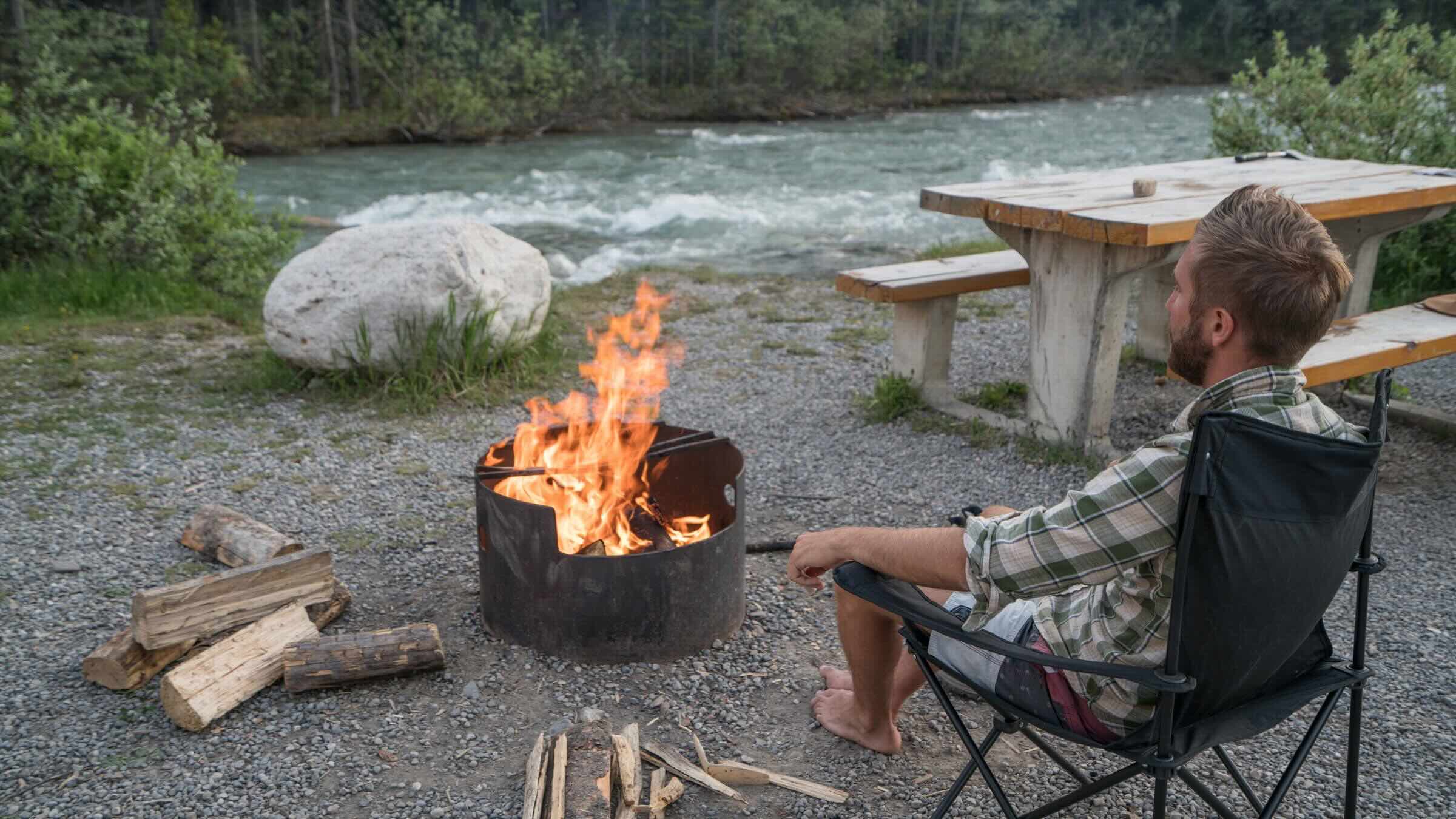
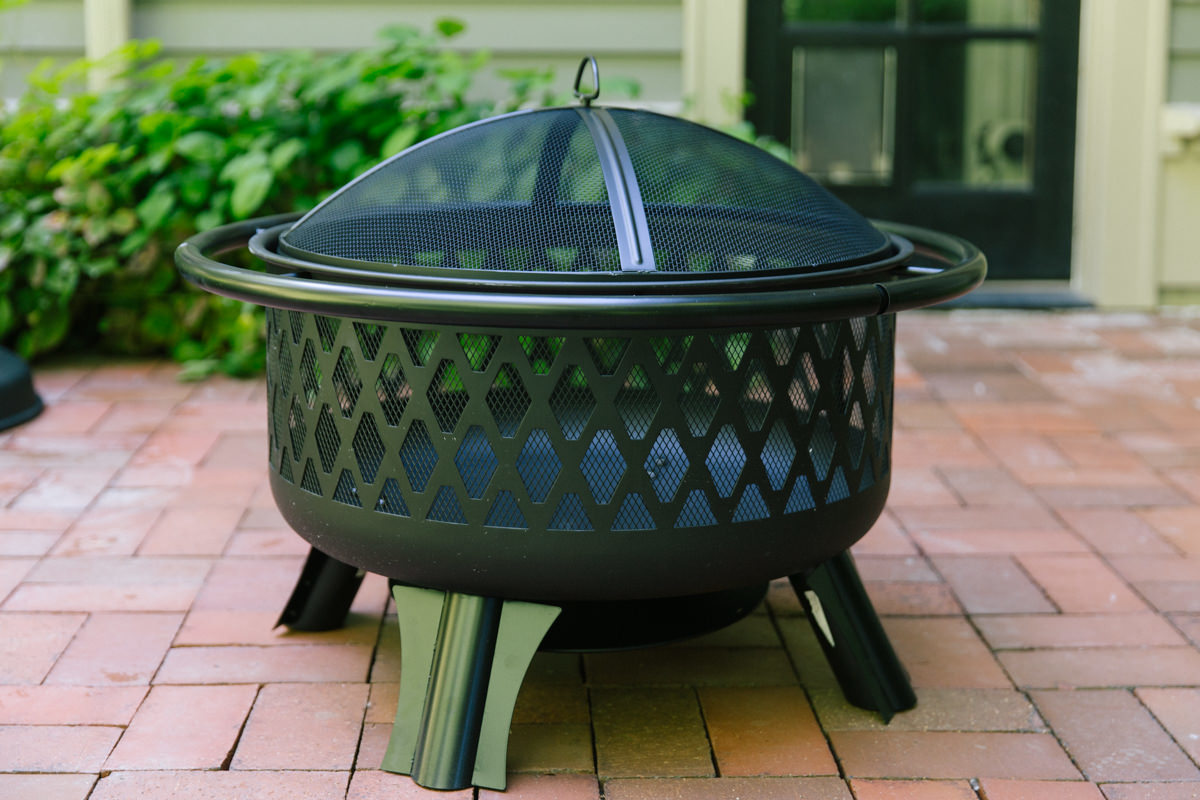
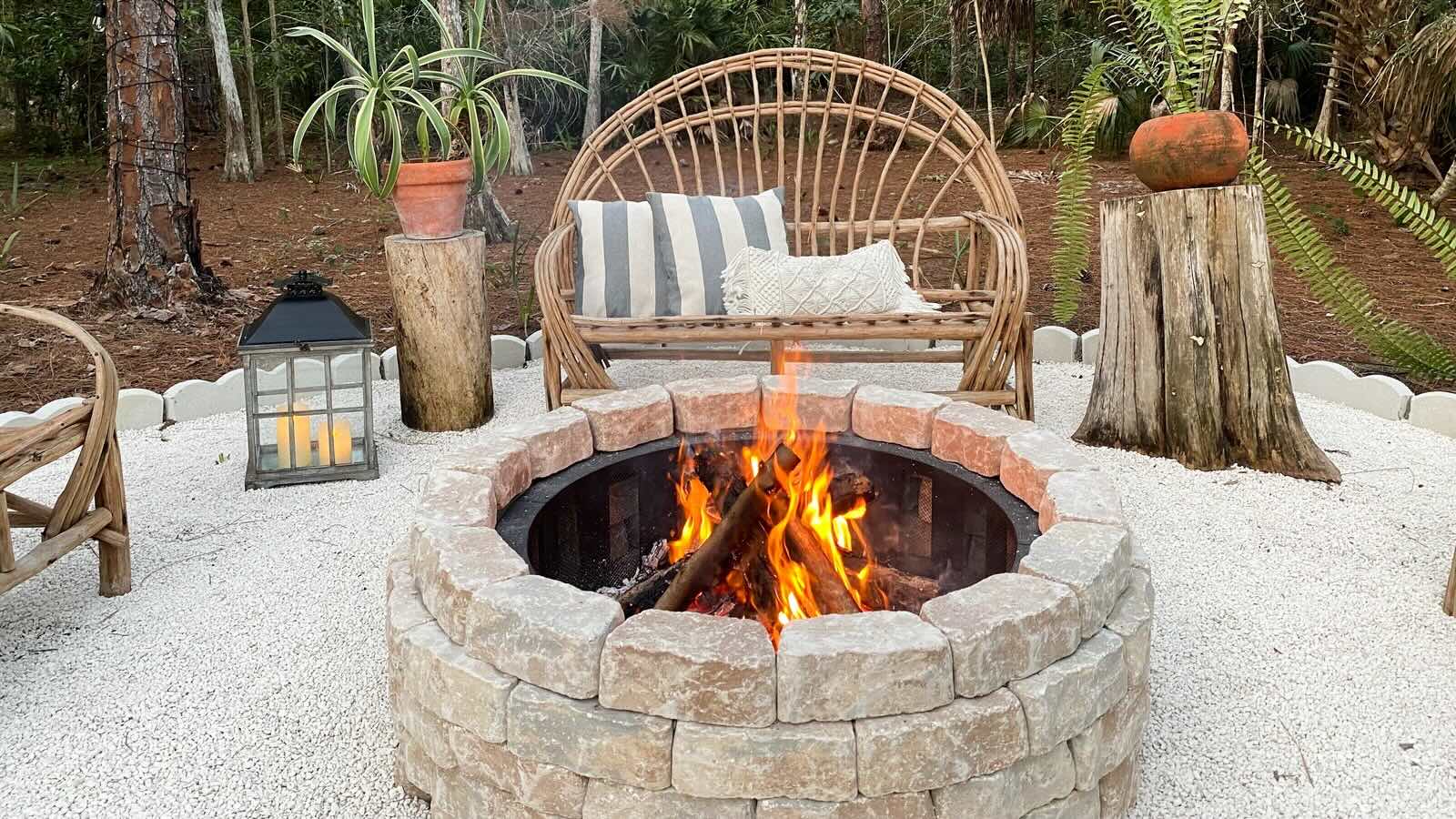

0 thoughts on “How To Choose A Fire Pit”